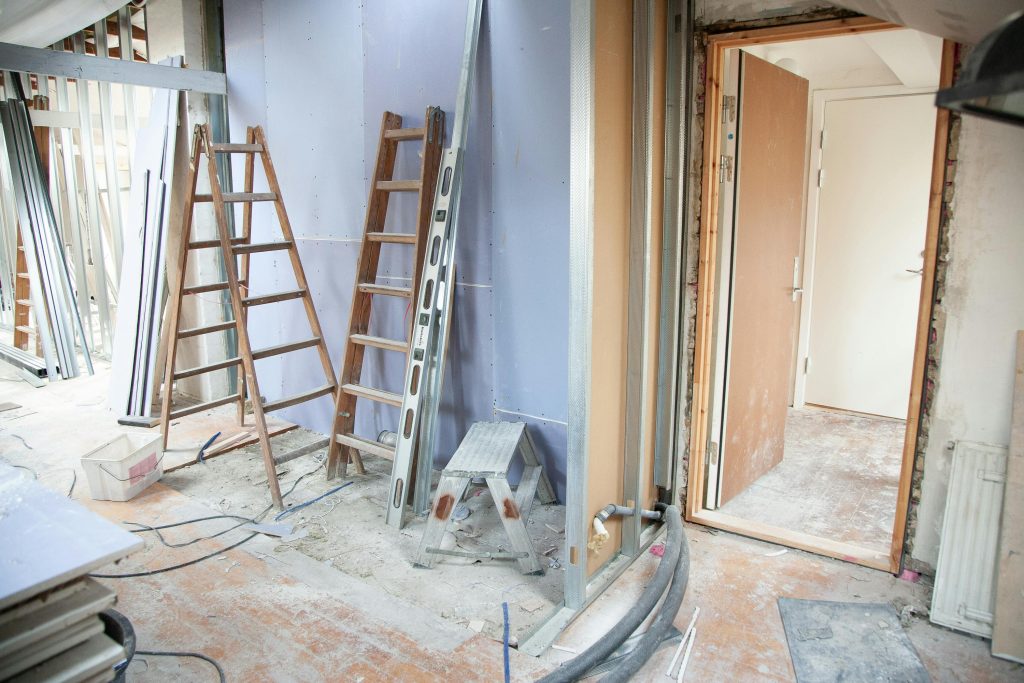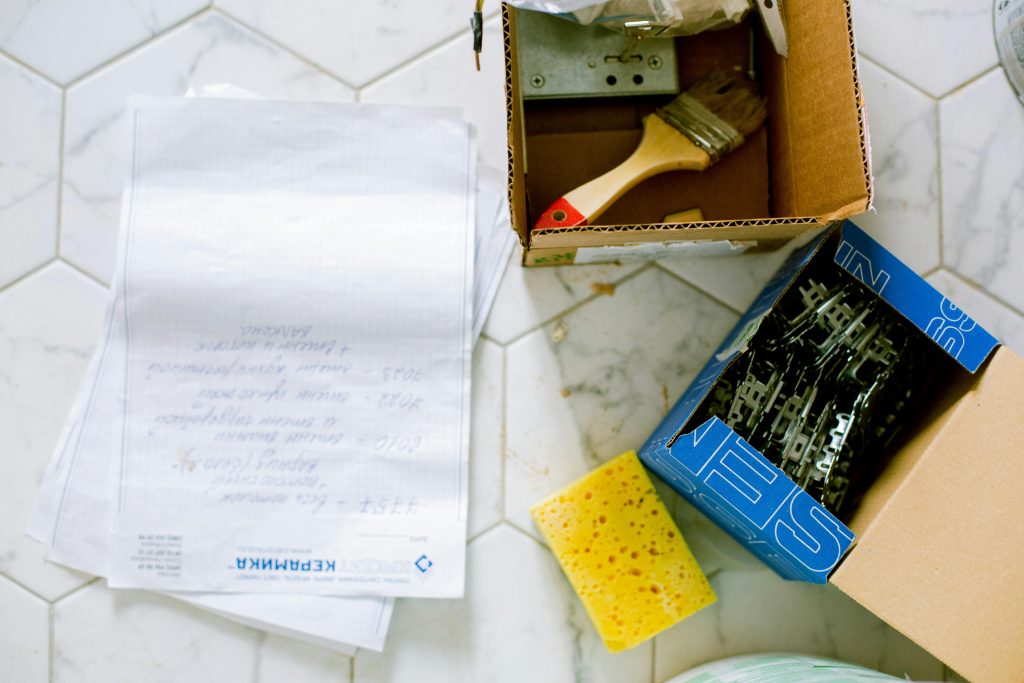Every homeowner faces unexpected challenges at some point, such as storms that leave roofs leaking, floods that ruin flooring, or aging systems that suddenly fail. These situations can feel overwhelming, but they present an opportunity to rethink and rebuild better than before.
When damage strikes, it can act as a starting point for improvements that enhance comfort, efficiency, and long-term value. With a creative mindset and the right approach, setbacks can be transformed into opportunities for redesign and renewal that make a home more functional and appealing than ever.
Assessing the Extent of Damage Before Planning
The first step after any household disaster is to assess the scope of the damage carefully. A clear understanding of what needs repair helps guide decisions and budgeting for future improvements. Homeowners often discover underlying issues, like outdated wiring, moisture buildup, or poor insulation, that were hidden until the incident occurred.
Professional inspections can provide accurate reports on structural safety, plumbing integrity, and electrical performance. Once the real condition of the property is known, it becomes easier to decide where to invest in upgrades that improve durability, comfort, and energy use for the long term.
Working With Insurance and Restoration Experts
Handling property damage requires navigating insurance claims and coordinating professional help. Many homeowners turn to specialists like Paul Davis restoration service in the process to handle the cleanup and the documentation needed for insurance purposes. These experts understand how to evaluate losses accurately, communicate with adjusters, and make sure every detail is covered in the claim.
Their experience can help secure fair compensation while preventing delays or overlooked issues. Partnering with qualified restoration professionals simplifies recovery, ensures quality results, and allows homeowners to focus on rebuilding their space with confidence and peace of mind.
Incorporating Sustainable Design Choices
Setbacks often prompt people to rethink long-term efficiency. When replacing damaged systems, sustainable solutions can lower utility costs and environmental impact. Installing energy-efficient windows, solar panels, or low-flow plumbing fixtures provides ongoing benefits beyond restoration.
Eco-friendly paints, recycled materials, and LED lighting add value and create a healthier indoor environment. These upgrades save money and align with modern standards of responsible living, transforming what started as damage recovery into a meaningful sustainability project.
Rebuilding With Stronger and Smarter Materials
When reconstruction begins, using upgraded materials can prevent future issues and improve performance. Instead of reinstalling the same outdated products, homeowners can choose options that are more durable, energy-efficient, and easier to maintain. Moisture-resistant drywall, composite decking, and impact-resistant roofing are just a few examples that provide longevity and resilience.
Modern building materials contribute to better insulation and energy savings, helping offset initial costs. Making these smart substitutions during the rebuilding phase turns a necessary repair into a long-term investment in quality and comfort.
Reimagining Layouts and Functionality
A damaged area presents a rare chance to rethink how a space is used. Homeowners can redesign for better flow, more storage, or improved lighting. For example, a water-damaged basement can be rebuilt into a fully functional entertainment area, gym, or guest suite.
A kitchen fire might prompt an open-concept renovation that increases light and accessibility. Working with architects or interior designers helps explore configurations that better suit the household’s needs, making the new version of the home beautiful and practical.
Improving Safety and Structural Integrity
Home repairs after major damage offer a perfect moment to reinforce safety features that might have been overlooked before. Updating wiring, adding surge protection, or replacing old plumbing reduces the risk of future accidents and costly emergencies. Reinforcing load-bearing walls or upgrading roofing structures increases protection from weather extremes.
Installing smart detectors for smoke, carbon monoxide, or leaks adds another layer of security. Taking advantage of the rebuilding phase to strengthen the home ensures peace of mind and a safer living space for years to come.
Adding Aesthetic Appeal Through Thoughtful Design
After functional improvements are complete, attention often turns to design. A thoughtful approach to finishes, color schemes, and materials can elevate the entire home’s appearance. A bathroom renovation following water damage can be reimagined with spa-like features, stone tiles, and warm lighting.
A damaged living room can evolve into a stylish, cohesive space through modern flooring and carefully chosen furnishings. Even small decorative decisions, like fixtures, textures, and accents, help transform a space from a simple repair job into a stunning showcase of personal taste and creativity.
Maximizing Space and Storage Opportunities
Damage restoration often involves tearing out old walls or cabinetry, creating opportunities to rethink space usage. Custom-built shelving, multi-functional furniture, or hidden storage can help maximize every square meter. A previously cramped laundry room could be restructured with vertical shelving or sliding doors to improve organization.
Attic or basement repairs can incorporate built-in storage systems to reduce clutter throughout the house. Rebuilding from damage gives homeowners the freedom to create smarter layouts that improve usability and visual appeal. This renewed focus on function turns restoration projects into long-term solutions that make everyday living more organized, efficient, and visually balanced.
Leveraging Guidance for Lasting Results
Turning damage into design success requires planning, patience, and professional insight. Contractors, designers, and engineers can provide valuable expertise that ensures every upgrade meets safety standards and adds measurable value. Choosing specialists who have experience in restoration and remodeling projects guarantees that repairs are durable and aesthetically pleasing.
Their guidance helps homeowners avoid overspending, meet timelines, and make informed decisions about materials and layouts. Collaboration with qualified experts ensures the outcome blends craftsmanship with creativity, turning setbacks into rewarding transformations. With the right team, every challenge becomes a chance to build a stronger, more functional home that reflects lasting quality and thoughtful design.
Damage to a home can initially feel like a setback, but it often marks the start of meaningful renewal. From structural upgrades to new layouts and sustainable design choices, every challenge offers a path to improvement.
With careful planning and professional collaboration, recovery becomes a chance to create a stronger, smarter, and more beautiful living space. By viewing damage as an opportunity rather than a disaster, homeowners can transform adversity into achievement, building a home that stands as a reinvention.
Published by HOLR Magazine.




